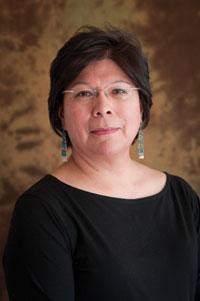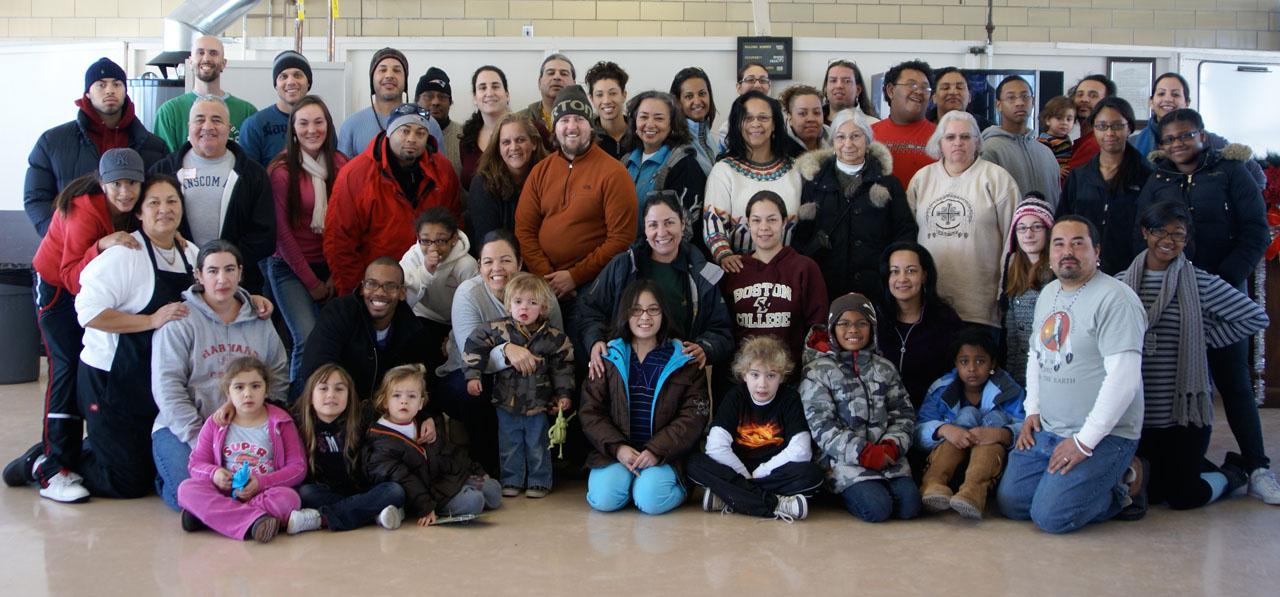 “Yá'át'ééh” Greetings!Hello friends and readers.In this issue of Cultural Survival Quarterly, there is much to be celebrated. Aboriginal artist Richard Bell invites us into his colorful and provocative world of visual art; Indigenous flautist Hawk Henries reminds us of the peace music can bring; the Mayan calendar is explored; the strength and determination of three women ensure that the…
“Yá'át'ééh” Greetings!Hello friends and readers.In this issue of Cultural Survival Quarterly, there is much to be celebrated. Aboriginal artist Richard Bell invites us into his colorful and provocative world of visual art; Indigenous flautist Hawk Henries reminds us of the peace music can bring; the Mayan calendar is explored; the strength and determination of three women ensure that the…
 How can a dream inspire an entire nation’s language revitalization movement? If you ask jessie little doe baird of the Mashpee Wampanoag Tribe that question, she is quick to explain how in one of her dreams, her ancestors told her to “ask Wampanoag people if they would like language home again,” so in 1993, baird met with tribal elders, leaders, and community members who transformed her dreams…
How can a dream inspire an entire nation’s language revitalization movement? If you ask jessie little doe baird of the Mashpee Wampanoag Tribe that question, she is quick to explain how in one of her dreams, her ancestors told her to “ask Wampanoag people if they would like language home again,” so in 1993, baird met with tribal elders, leaders, and community members who transformed her dreams…
Our website houses close to five decades of content and publishing. Any content older than 10 years is archival and Cultural Survival does not necessarily agree with the content and word choice today.